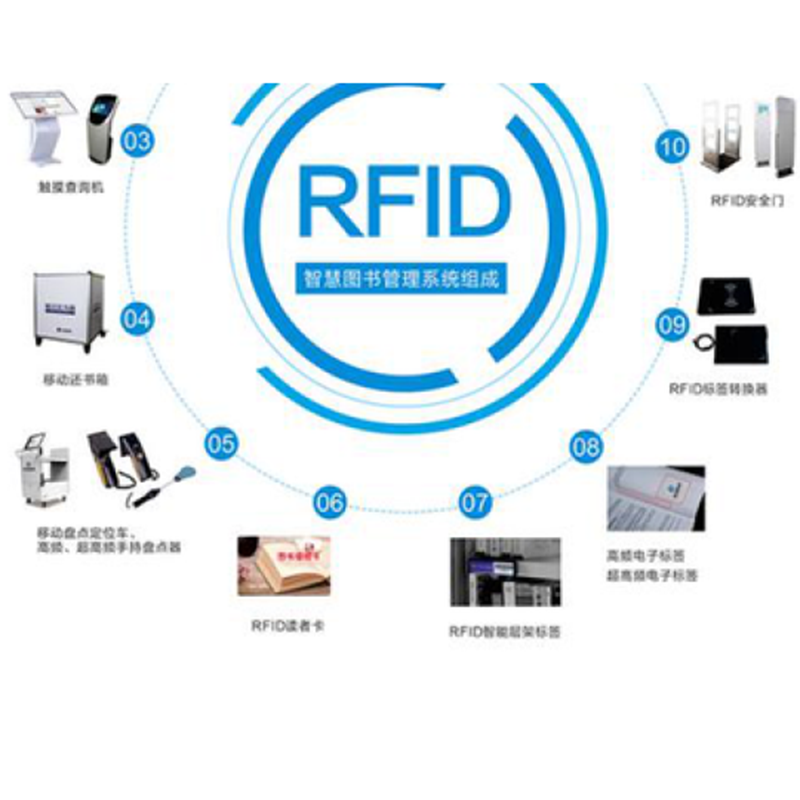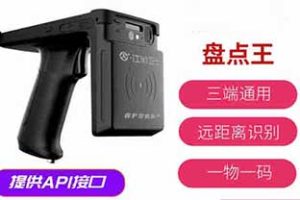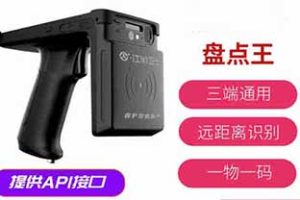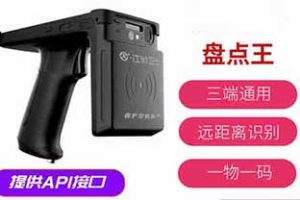RFID electronic tag analysis RFID technology in logistics field 123
What is the current application status of RFID technology in the logistics field? With the advent of the logistics information age, RFID technology will be widely applied in various aspects of the logistics field. Due to the enormous significance of RFID technology in practical applications, its application in supply chain management has become a research focus in recent years. Relevant enterprises explore and analyze the application of RFID technology in the logistics field from multiple perspectives such as production, warehousing, transportation, and distribution, and point out the issues to be noted in the application. So today, the main focus is on analyzing and summarizing the current application status of RFID technology in the logistics field, while also pointing out certain shortcomings.
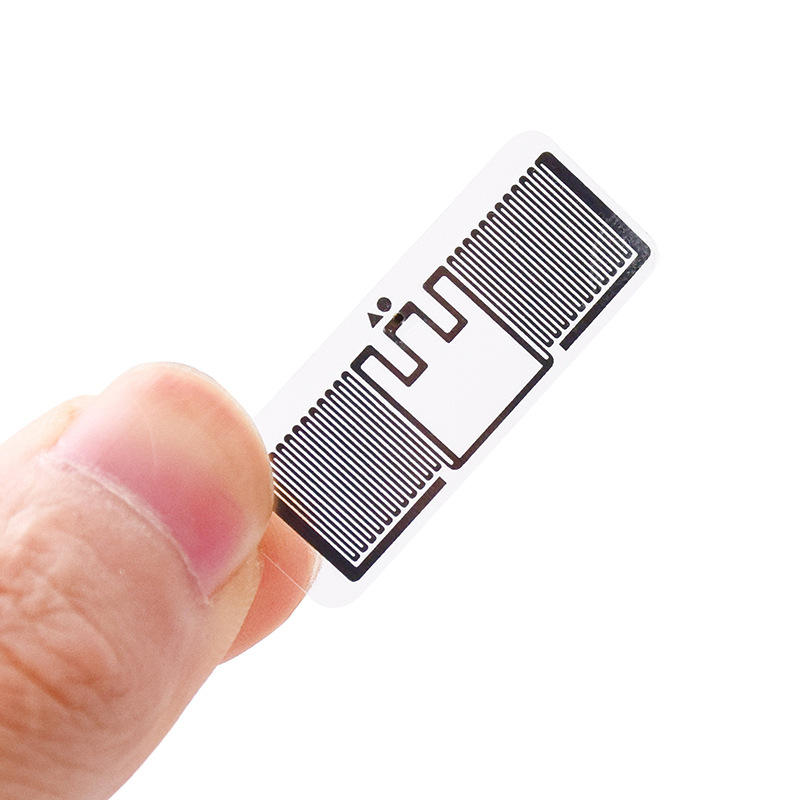
Firstly, the working principle of wireless radio frequency identification technology, commonly known as electronic tags, is a non-contact automatic identification technology that automatically identifies target objects and obtains relevant data through radio frequency signals. The identification work does not require manual intervention and can work in various harsh environments. A complete RFID system consists of three parts: reader/writer, electronic tag, and application software system. The basic model of RFID is as follows: the control information transmitted from the reader is demodulated and decoded by the antenna unit and the encoding/decoding unit before being transmitted to the controller, which completes the operations specified by the control instructions. The data information transmitted from the reader also needs to be demodulated and decoded before the controller completes the writing operation of the data information. On the contrary, if information is transmitted from the RFID tag to the reader, the status data is retrieved from the memory under the control of the CPU and sent to the reader through the encoder and load modulation unit.

RFID technology RFID electronic tag analysis RFID technology in the logistics field 123 Second, the application status of RFID technology in the logistics field Production process: In terms of production management, products can be automated through RFID technology to accurately find complex and diverse components, timely transport them to the production line, realize the identification and tracking of raw materials, components, semi-finished products, and finished products on the entire production line, thereby eliminating counterfeit parts and unqualified products, reducing manual identification costs, lowering error rates, and improving efficiency. Real time monitoring of production and product flow through RFID technology can improve the offline qualification rate of products, provide timely and accurate data for managers to adjust work plans according to the actual production situation, facilitate the resolution of production problems, and achieve automation of inventory management and balanced and steady production on the assembly line.
Storage process: RFID technology is most widely used in warehouses for accessing goods and inventory counting, automating inventory and pickup operations. Combining RFID technology with the designated receiving, pick-up, and shipping plans of the supply chain system not only enhances the accuracy and speed of operations, improves service quality, reduces costs, saves labor and inventory space, but also reduces the wear and tear caused by product misplacement, misdelivery, theft, and inventory shipment errors in the entire logistics process, effectively solving the information management related to the flow of goods in the warehouse.
RFID electronic tag analysis RFID technology in logistics field 123

RFID electronic tag analysis RFID technology in the logistics field 123 transportation links: During the transportation of goods, tags can be attached to long-distance transported goods and vehicles, and receiving and forwarding devices can be installed at some checkpoints on the transportation route. After receiving the information sent by the tag, the receiving device can upload the current situation and location of the goods to the dispatch center and send them to the database. This allows the enterprise to directly understand the quantity of goods currently in transit, the origin and destination of the transfer, and the expected arrival time, making it convenient for the management of goods in transit and for the sender and receiver to grasp the progress of the goods and adjust the corresponding receiving time.
Delivery process: All goods arriving at the central distribution center are labeled with RFID tags. When entering the central distribution center, the pallet can read the label content on all cargo boxes through a reader. The system checks this information against the shipping records to detect possible errors, and then updates the RFID tags to the latest storage location and status of the goods, ensuring accurate inventory control and even knowing exactly how many containers are currently in transit, expected arrival time, location, and other information.
RFID electronic tag analysis RFID technology in the logistics field 123. Thirdly, the application prospects of RFID technology in the logistics field. Compared with developed countries such as the United States, Europe, and Japan, China’s application of RFID technology is still in the early stages of development. There are more than 100 RFID enterprises in China, and the RFID industry chain has basically formed. However, there is a lack of key RFID technologies and very few products with independent intellectual property rights. Low frequency and high-frequency RFID have developed earlier, with mature technology, wide product applications, low technical barriers, and low product costs, which have led to the full development of products in these two frequency bands. However, product homogenization is severe and the market is becoming increasingly saturated. Ultra high frequency RFID, on the other hand, developed later and has a high technical barrier. China has not mastered key core technologies such as chip design and manufacturing, on-chip antenna design, packaging integration technology, and equipment, and has few enterprises involved. The application cost of products is high, and the country is still in the early stage of development. The ultra-high frequency band market has huge potential and wide product applications, which is an urgent field that needs to be developed. Xinye Intelligence will contribute its own efforts to the development of RFID in the Chinese market.
The above analysis of the application status of RFID technology in the logistics field ends here. Currently, RFID technology is widely used in various industries and solutions, including logistics, manufacturing, clothing, medical, anti-counterfeiting, asset management, animal identification, libraries, and other fields.
RFID electronic tag analysis RFID technology in logistics field 123
RFID electronic tag analysis RFID technology in the logistics field 123 welcomes new and old customers to call us for inquiries. We support small batch and appearance customization. We will provide you with 1V1 technical consulting services for free! We have a research and development center of over 3000 square meters in the Shenzhen Guangming Pilot Industrial Base. Our research and development center has 12+laboratories. We welcome new and old customers to call us for consultation. Our company supports small batch customization and packaging design. We have strong research and development capabilities and are a trusted manufacturer. Please feel free to call or contact us sales@molddl.com Consultation, please contact us for free samples!
This article is included in Baidu Wenku. Our company supports small batch customization, packaging design, and contract processing


